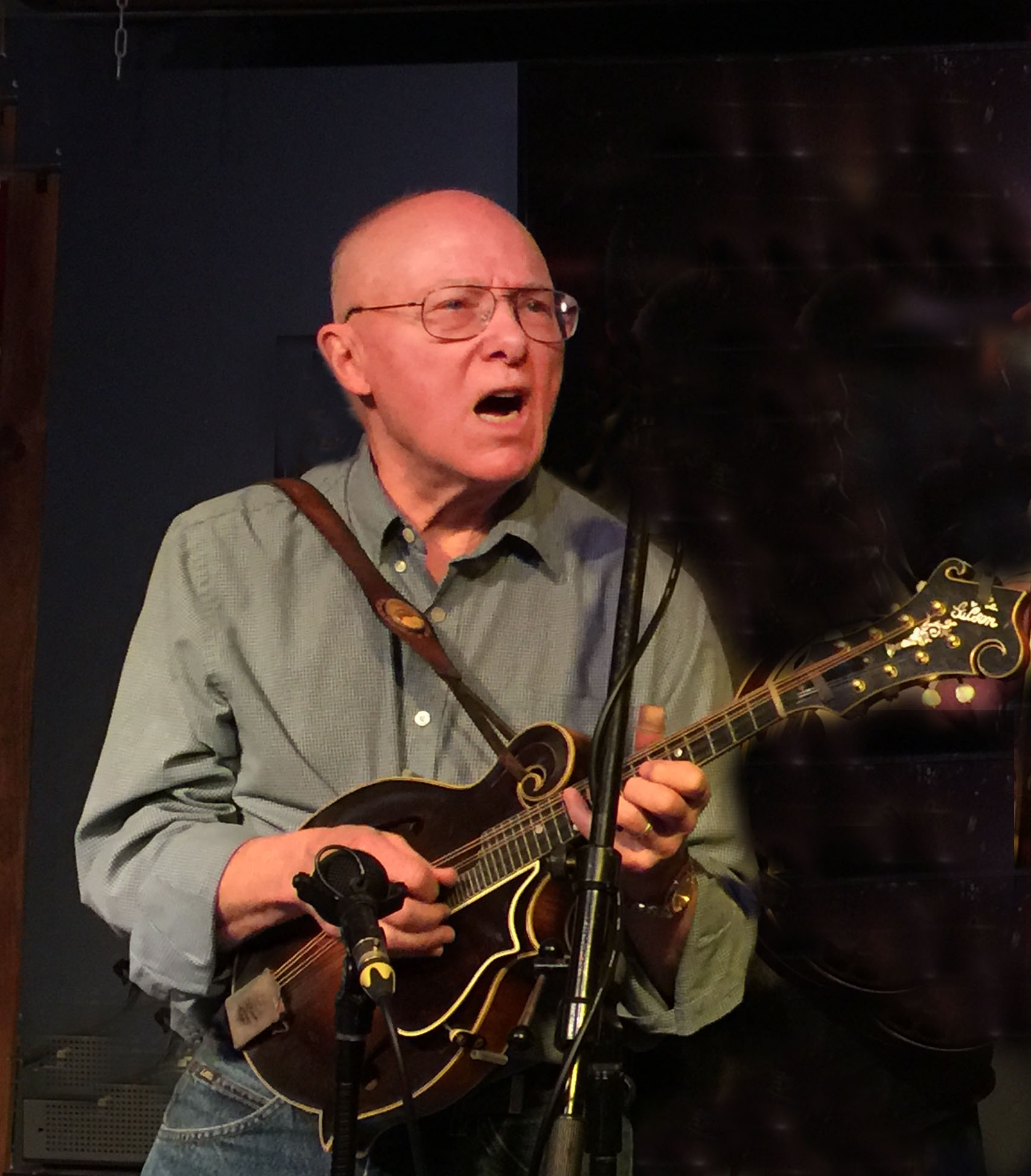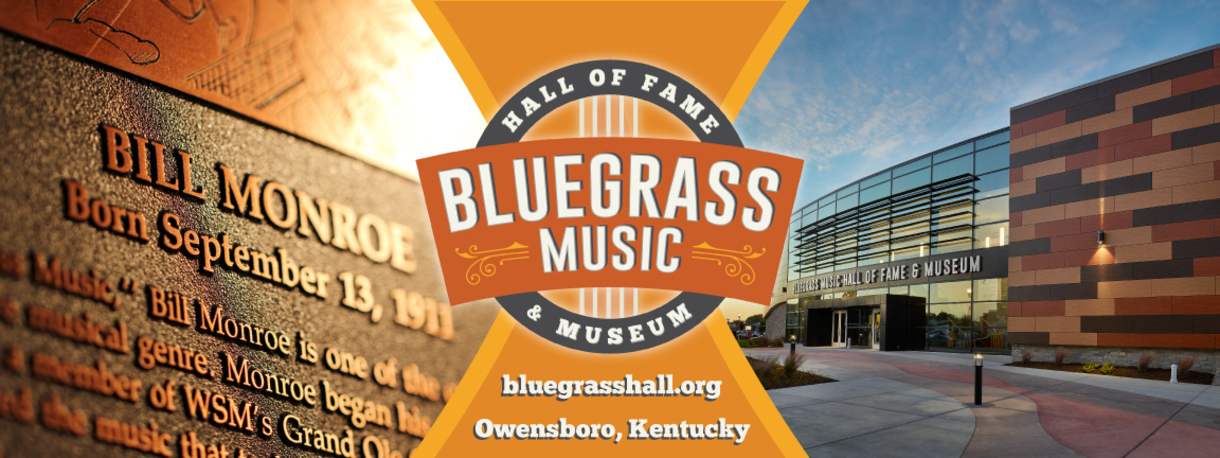Noted Photographer Phil Zimmerman Donates Collection
I been studying the great genre of Bluegrass, and it’s history. I have diligently read about and studied the subject of what Bluegrass pioneer Mr. Carlton Haney concocted in Virginia in 1965, and what paved the way for today’s day and age, where we have hundreds of festivals to attend.
For years of my life, I have actively searched for Bluegrass memorabilia from this first festival. Sadly many of the items from these eras of old, are owned or long been discarded in the trash……people inherit things they have no idea how valuable they truly are.
This legendary hero has passed away, and donated his entire collection to the fine folks at The Bluegrass Hall Of Fame have curated a brand new exhibit. There is no finer institution for all of these precious artifacts, than the Bluegrass Hall Of Fame in Owensboro Ky.
This man has willingly been kind enough to donate his entire collection of his own life memories, that will now soon be on display for the public to see. I for one shall be arranging a visit to them to view this! I MUST SEE THIS!
Here is the entire press release:
Noted musician and photographer, Phil Zimmerman, has donated his entire collection of historic bluegrass-related photographs and early recordings to the Bluegrass Music Hall of Fame & Museum. Many of the images in this collection can also be found in his book, Bluegrass Time, which is also available through the museum store.
Zimmerman’s historic collection includes reel-to-reel audiotapes from the first multi-day, outdoor bluegrass festival held in 1965 in Fincastle, Virginia. Additional audiotapes of early bluegrass festivals feature Bill Monroe, The Osborne Brothers, The Stanley Brothers, Jimmy Martin, and Mother Maybelle Carter, along with the original equipment on which the recordings were made.
Executive Director of the Bluegrass Music Hall of Fame & Museum, Chris Joslin, commented, “I have long been a fan of Phil Zimmerman’s work. Many of his photographs were featured in an exhibition here at the Hall of Fame in 2008. The collection of photographs featured in his book, Bluegrass Time, are iconic, and the book remains a popular item in our museum store with visitors to the Bluegrass Music Hall of Fame & Museum.”
Based in Connecticut, Phil Zimmerman is a professional bluegrass musician, photographer, teacher, and arts administrator who has performed all over New England during the past fifty years. In 1972, he was co-founder of the band Last Fair Deal in the Hartford area, which is still performing and still popular to this day, playing primarily mandolin, banjo, and guitar. During his career, Zimmerman also worked very closely with his long-time collaborator, Grammy-winning Stacy Phillips, both in The Bluegrass Characters and the duet Heroes of Tradition. Additional bands he’s been with include New York based Ernie Sykes and The Suffolk County Boys, and American Flyer.
As a teacher, Zimmerman has mentored many young musicians one-on-one and served as Director of Music Camps North for several years, overseeing multi-day music camps in Charlton, MA, where he recruited many of the most influential bluegrass musicians as instructors. An accomplished musician himself, he is known for having the heart of a teacher with an eagerness to help musicians learn, improve, and engage with the bluegrass community.
Chris Joslin further commented, “Phil Zimmerman has an energy and passion for bluegrass music that reminds me why people are drawn to this music and to the community of bluegrass. His photography is compelling because he captured historical moments in bluegrass music that were also part of his personal story.
Not only did he document people like Bill Monroe; he also played music with Bill Monroe and developed a friendship with him and many of the other artists he photographed. Phil Zimmerman’s photographs are important markers in the history of bluegrass music, and I am honored he trusts the Bluegrass Music Hall of Fame & Museum with his collection and with his story.”
Most of my memories from Carlton’s first festival have faded into general impressions, but a few memories still stand out. I’d been listening to Bill Monroe recordings for a few years by then, but had never seen him live. I was impressed by his regal stature, tall and straight, supremely confident, impeccably dressed, with his white Stetson to finish “the look.” When he spoke, his voice was as musical as when he sang, rhythmic, lyrical, right to the point.
The Stanley Brothers were very cool. They wore dark suits and ties, dark sunglasses, and loafers with white socks. Carter’s singing was almost conversational in its intimacy, while Ralph’s was more like the lonesome wind in the trees. George Shuffler was with them on his big Gibson Southern Jumbo guitar. George kept blinking his eyes rapidly, saying, “The sun, it effects my eyes….”
Benny Martin was an absolutely commanding presence, physically and musically. He had a dashing swagger, and was all over every tune he played. He remarked that, “Once you can play bluegrass fiddle, you can play any kind of music – jazz, classical, anything.” Bill Monroe, on stage with him at the time, seconded that opinion.
The highpoint of the weekend for me was the Sunday afternoon “Bluegrass Story.” Carlton asked for complete silence from the audience. “We don’t want to hear a sound,” he said, “just the wind in the trees.” Then Bill played his famous mandolin introduction to Muleskinner Blues, and they were off!
The Bluegrass Story was the festival finale. After the reprise of Muleskinner, and the encore of John Henry, Carlton thanked everyone for coming, and for being such a good crowd. “There wasn’t no fights, no trouble, or nothin’,” he noted.
So, how did a college kid from up North even find his way to Cantrell’s Horse Farm? Actually, I wasn’t always from “up North.” Born and raised in the Mid-West, I listened to the Opry Farm Show as a boy in Omaha. Later, living in a Chicago suburb, I listened to hillbilly radio station WLS and watched cowboy singer Bob Atcher’s TV shows.
In the spring of 1965, Ralph told me about a Labor Day weekend bluegrass festival that he was helping to organize near Roanoke, Virginia. He asked me if I’d be interested in helping out with the audio taping of the stage shows while he took care of staging. Well, boy howdy, yes! The rest is history….





